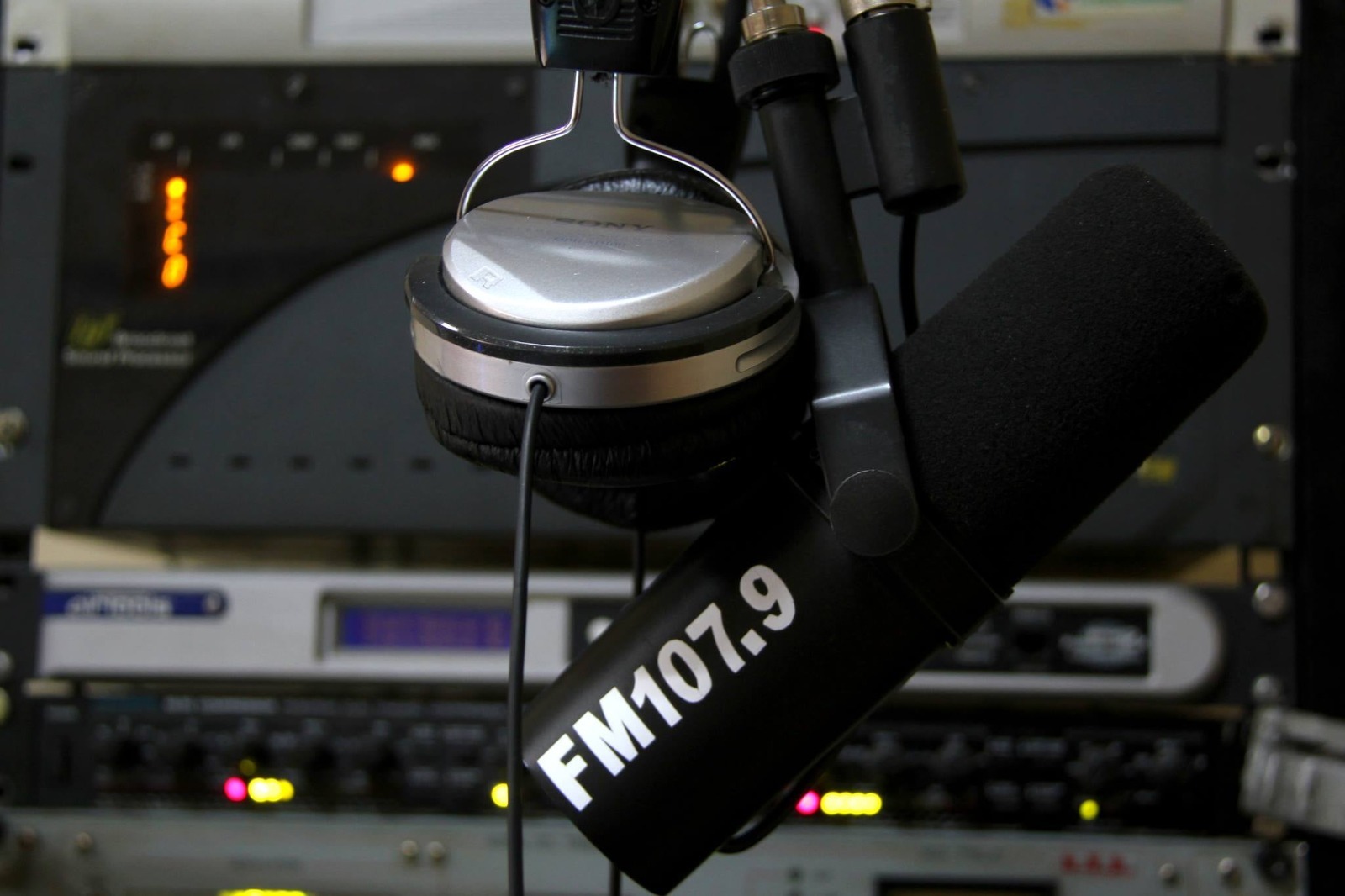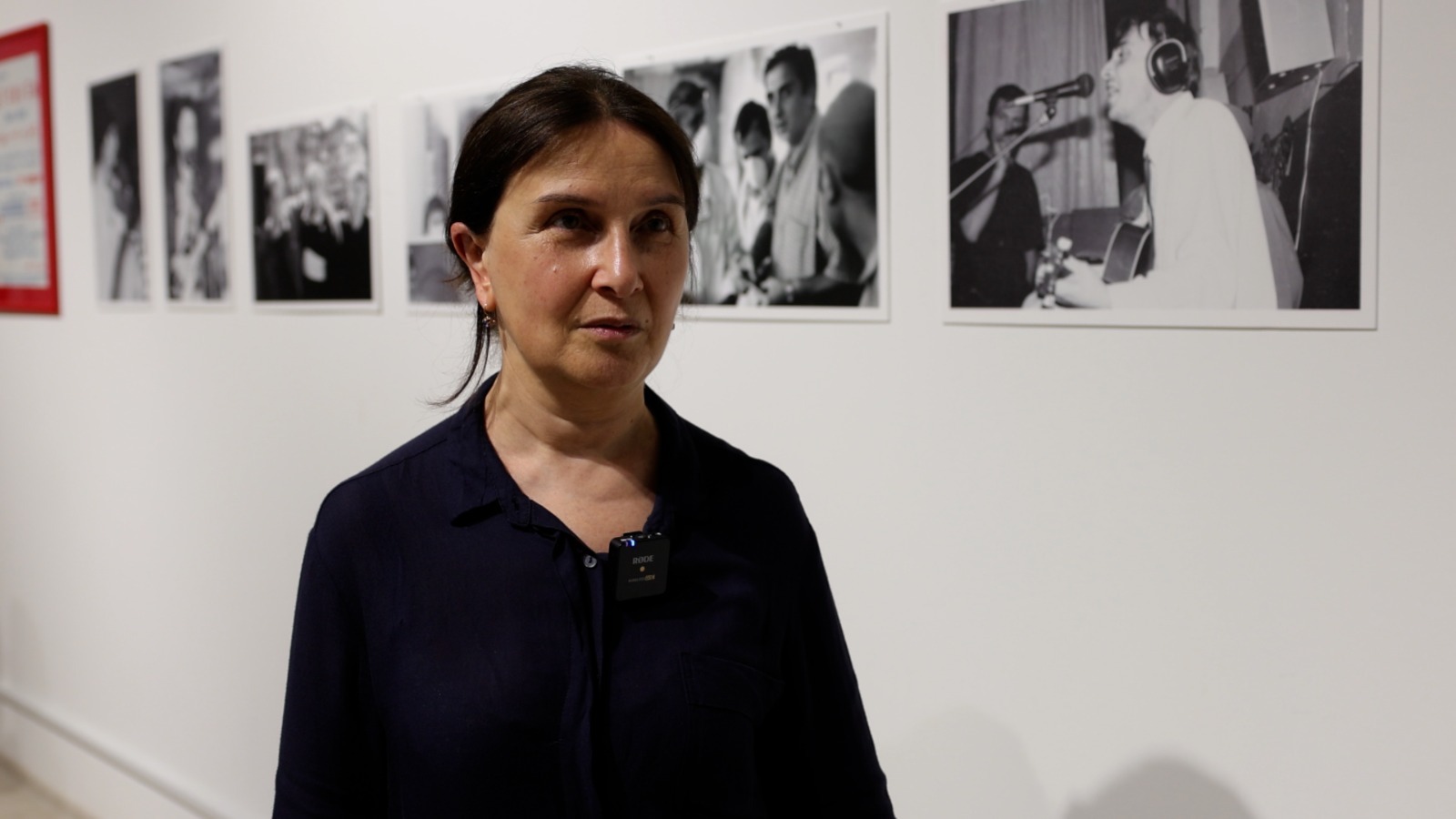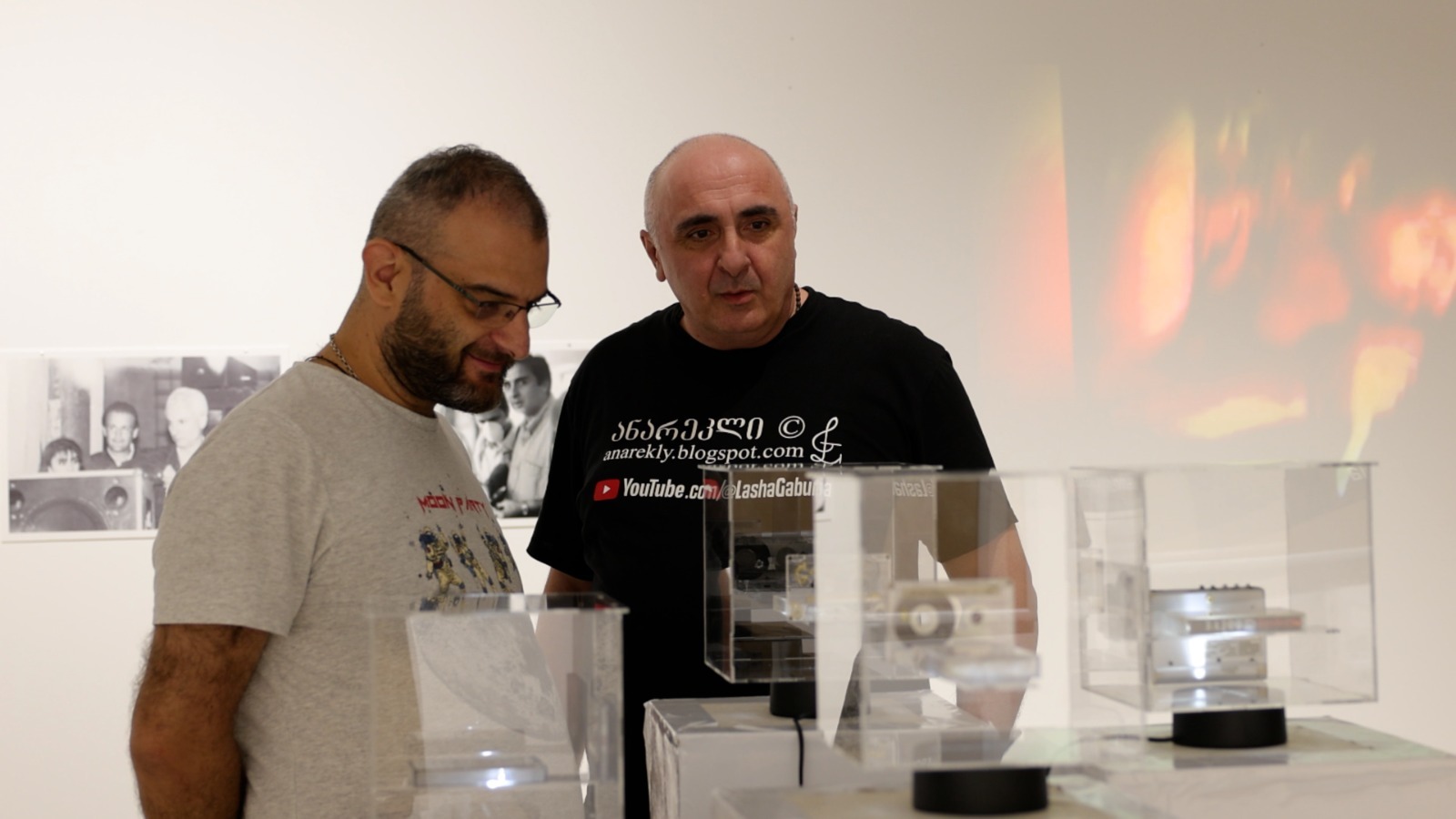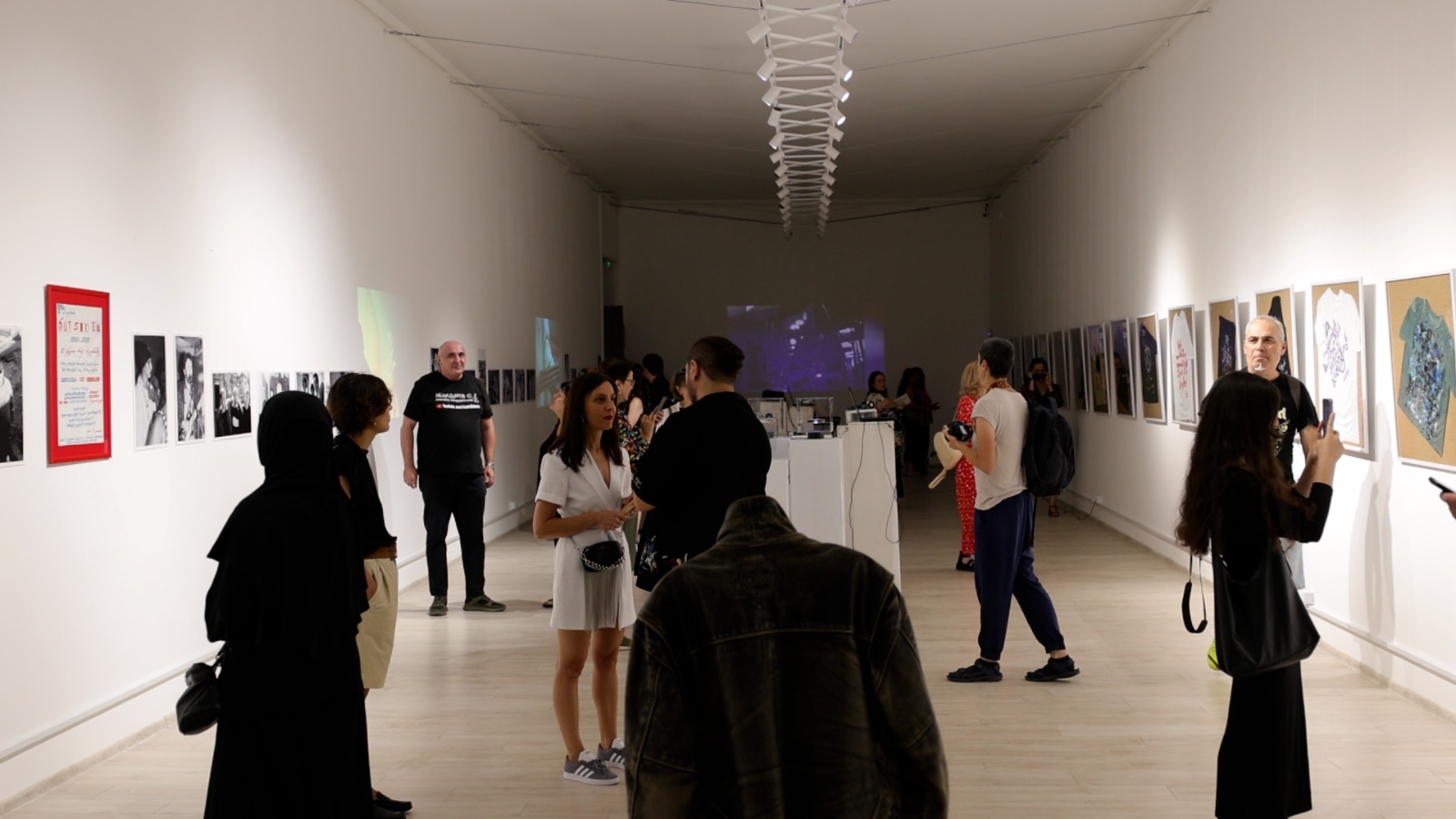A New Vision in Georgian Tourism: Cultural Route “Alternative Kutaisi”
The phrase “new vision in the Georgian tourism industry” might sound bold, especially when referring to Kutaisi, a city steeped in history where one can journey from antiquity to the modernization of the 20th century. However, the foundation for this cultural route is a first for Georgia. While such routes are well-established worldwide and hold particular interest for Eastern European countries, especially those in the post-Soviet sphere, this marks a significant local innovation.
Post-Soviet art, often referred to as 90s art in research circles, remains a significant focus for contemporary art scholars, both in the West and within the context of Georgian art history. Kutaisi, with its vast potential, is particularly noteworthy in this regard. The 2024 project “Alternative Kutaisi” delves into this critical period of the city’s history. Following the economic collapse triggered by the dissolution of the USSR, Kutaisi, once Georgia’s main industrial hub, saw its factories reduced to scrap for export. This economic downturn led to increased migration and unemployment, particularly in Tbilisi. Amidst this challenging social landscape, new forms of artistic expression and a distinct subculture emerged.
 To a select group of specialists and art circles, it is well-known that in the 1990s, Kutaisi emerged as a hub for alternative, underdeveloped music, surpassing Tbilisi in this regard. This complex included alternative music, poetry, and visual art, collectively embodying punk subculture and ideology. It represented a youthful, alternative response to the prevailing socio-economic conditions.
To a select group of specialists and art circles, it is well-known that in the 1990s, Kutaisi emerged as a hub for alternative, underdeveloped music, surpassing Tbilisi in this regard. This complex included alternative music, poetry, and visual art, collectively embodying punk subculture and ideology. It represented a youthful, alternative response to the prevailing socio-economic conditions.
The “Alternative Kutaisi” was funded by the EU project EU4Culture in partnership with Kettari and Electronauts.
Kettari Academy, an educational branch of the Kettari Foundation, played a role in developing the tourist route, which was later transferred to DMO Imereti (Imereti Destination Management Organization).
In cooperation with Kettari Academy, a cultural route-friendly educational program was created for domestic and international visitors.
The Route and Selection Process
The project team spent eight months researching, gathering, and documenting audio, video, and photographic materials from the 90s, as well as collecting artifacts scattered throughout Kutaisi. This effort involved collaborating with artists from the underground scene of that era and other key contributors. The result was a substantial collection that made this historical period tangible and helped create valuable cultural heritage artifacts.
The tour will commence with a permanent multimedia exhibition:
A multimedia exhibition has been developed from this collection. With the support of DMO Imereti, a permanent exhibition space is being established from which the tourist route will begin.
To establish the tourist route, we collaborated with musicians and artists from the 90s underground scene in Kutaisi. As a result, we identified five main locations, along with two additional sites, which collectively form a cohesive route showcasing the art of post-industrial production:
 (1) Merab Kajaya (Picasso) Mini Museum.
(1) Merab Kajaya (Picasso) Mini Museum.
Merab Kajaya, also known as “Picasso,” is an artist, sculptor, and musician from Kutaisi. His small space at Rustaveli St. 6 serves as a mini-museum, featuring numerous artifacts and intriguing stories from the 90s. During that decade, Kajaya founded one of Kutaisi’s first independent TV studios and was the drummer for the band Snake’s Home. He is also known for creating the iconic “Picasso Boy” statue on the White Bridge, a notable symbol of Kutaisi.
(2) Goga Zhorjoladze’s House/Studio.
Goga Zhorjoladze is a veteran musician, songwriter, sound engineer, artist, and multi-instrumentalist from Kutaisi’s 80s and 90s wave. His home studio is a repository of underground art history from the 90s, where many works by alternative music groups and artists from Kutaisi were recorded.
(3) Radio “Old Town”.
Radio “Old Town” was the first independent FM radio station in western Georgia, established in 1995. Since its inception in 1996, the station has been a champion of underground music. Notably, three of its presenters formed the punk rock band Bes History in 1996, which became well-known and played a significant role in Kutaisi’s New Wave music scene of the 90s.
 (4) “Black Prince” Stansil.
(4) “Black Prince” Stansil.
Author: Lia Ukleba (Artist)
The hip-hop artist “Black Prince” (Akaki Babunashvili, 1971-2019) left a significant mark on Kutaisi’s 90s hip-hop culture. In 1995, he founded the group “Dzebnili,” highlighting the influence of hip-hop elements in the city during that era.
(5) Artist Lia Ukleba Workshop.
Lia Ukleba is a notable artist from Kutaisi, known for her striking stencils displayed across the city and various other Georgian locations. Her workshop features a dynamic environment and impressive conceptual works, many of which focus on women’s rights. Notably, it includes a large-scale stencil of “Black Prince,” a prominent figure in 90s Kutaisi’s alternative scene.
(6) Black Tomato Kutaisi.
Black Tomato Kutaisi is a hip hostel with an alternative concept, attracting both local and international guests who are potential visitors for the “Alternative Kutaisi” route. In partnership with the hostel, thematic evenings will be organized in the hostel’s yard, featuring menus and cocktails inspired by iconic 90s Kutaisi music groups such as “Outsider” and “Bes History.”
 (7) Chicho’s House-Studio.
(7) Chicho’s House-Studio.
Chicho, a key figure in Kutaisi’s alternative music scene during the late 90s, operates a sound recording studio in his home. This studio houses a significant collection of Kutaisi’s underground music from that era. Additionally, the home/studio may serve as a residence for audio artists.
The tour will conclude at Start Agili, a multi-disciplinary and educational space managed by DMO Imereti. Here, guests will view a documentary created as part of the project study, titled “Kutaisi Wave – When the Machine Tools Fell Silent.”
Teona Japaridze
Author and Curator of the “Alternative Kutaisi” Project


